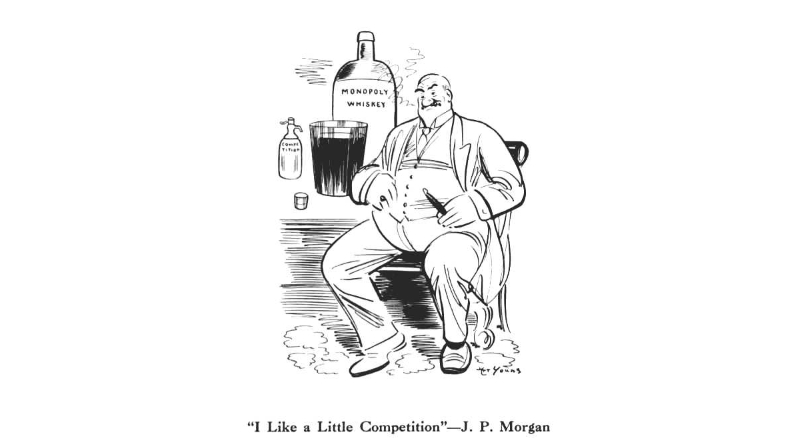
Up until a few years ago, RAM chips were among the cheapest upgrades to your laptop. If you did not have enough money to get a bigger hard drive, processor, or a new laptop altogether, doubling your DDR3 RAM was the best way to make your laptop last another year or two.
However, since 2016, while the technology did not massively improve, the prices started to rise. At first, this trend was difficult to notice, but in late 2017, it became clear that RAM prices were going way off. Most RAM prices are now double their price compared to 2016. Given this massive price hike, some journalists have even started to wonder if this increase was not a mere consequence of an evolving market, but something more.
In an article aptly named “Are the Major DRAM Suppliers Stunting DRAM Demand?”, ICInsights claim that “…the 47% full-year 2017 jump in the price-per-bit of DRAM was the largest annual increase since 1978, surpassing the previous high of 45% registered 30 years ago in 1988!”. In other words, in 2017, the DRAM price-per-bit increased by 47%!
So, what was really happening? DRAMeXchange, a division of TrendForce, assumed that the top three Server DRAM suppliers (who dominate over 96% of the market) were progressing towards new specifications (DDR4), thus keeping production at bay, in order to sell at favourable prices. However, the same division had noticed that the top three DRAM suppliers benefited from an incredible growth in revenue over the past year. For many, the reasons were rooted in the higher notebook and smartphone demand, but as it turns out, this wasn’t really the case…
At the end of April 2018, U.S. legislators managed to shed some light on the whole issue. Samsung and other manufacturers (Micron and Hynix) are now facing a class action lawsuit! The authorities claim that the main DRAM manufacturers conspired to artificially limit the supply in order to keep the prices as high as possible without any cost increase.
The artificial increase of RAM prices has certainly been passed on to laptop prices, which use DRAM for both system RAM and video memory.
Since the lawsuit is relatively new, it will take a while until DRAM manufacturers will abandon their anti-competitive practices. Regardless, DRAM prices should slowly decrease in the next few months and most cheap and middle-tier laptops should greatly benefit from it. It looks like the end of the year will be a good time to buy a new laptop.

Leave a Reply